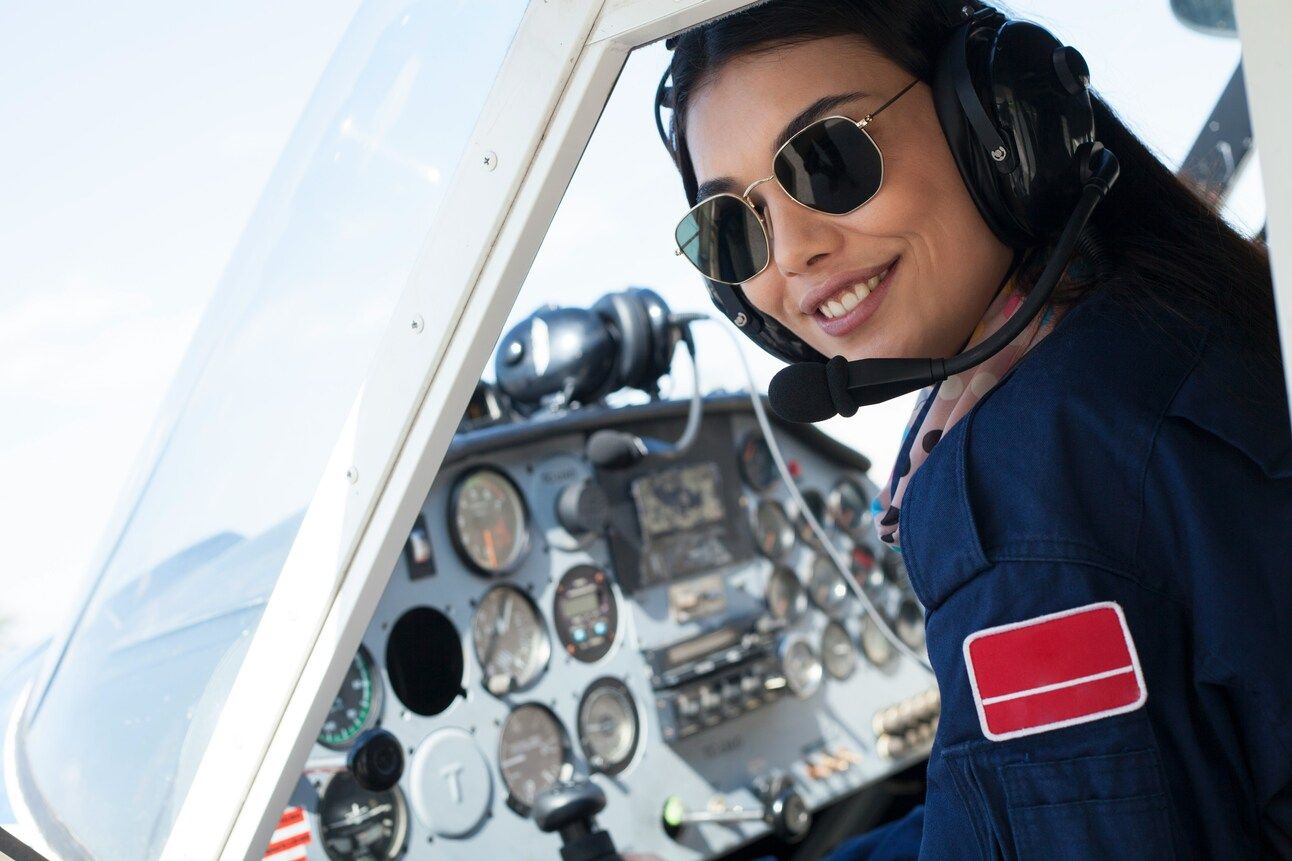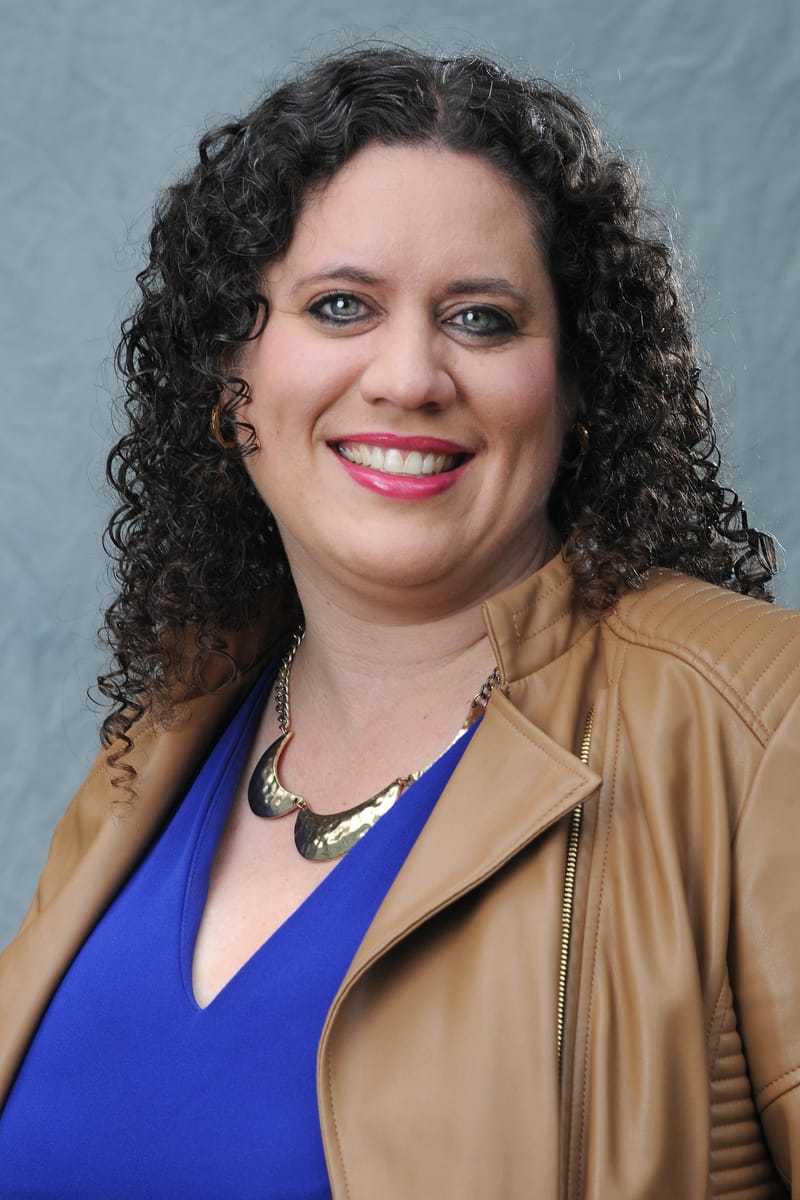Pilot shortage prompts airlines to focus on pathways for women, underrepresented groups

Airlines face critical pilot shortage, so are focusing on training earlier in the pipeline. Photo: Getty Images for Unsplash
What you may already know: Airlines have for years been struggling with a lack of commercial airline pilots, and the problem is getting worse. Consulting firm OliverWyman predicts demand will outstrip supply globally this year, and that the industry will be short 80,000 pilots by 2032. That’s prompting many airlines to get serious about support for training programs.
Why? Airlines used to recruit pilots coming out of the military, but as the emphasis shifts to unmanned drone planes over manned aircraft, the number of eligible recruits has dropped. Additionally, only about 5% of pilots are women, which means the industry is leaving out roughly half of the potential workforce.
What it means: “Being a pilot is a great career,” said Diana Birkett Rakow, SVP of public affairs and sustainability at Alaska Airlines. “It can be quite flexible in terms of dialing up and down your hours, and is labor organized, so has really great salaries.” The company created the Ascend Pilot Academy at Hillsboro Aero Academy in Oregon and offers scholarships to help fill its own pipeline.
What happens next? Alaska has found it has to go earlier into the career pipeline to inspire girls and underrepresented groups to consider pursuing a career as a pilot. Alaska opens its hangar to schools in all its major hubs once a year and offers tours and meet-and-greets with pilots. “We have to really get down to the elementary school age group,” Birkett Rakow said, which includes sponsoring programs and showing young people pathways to become pilots.

